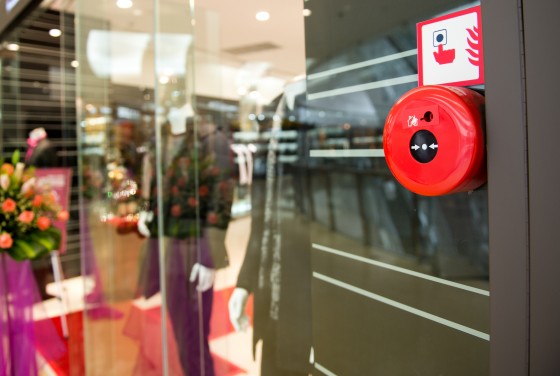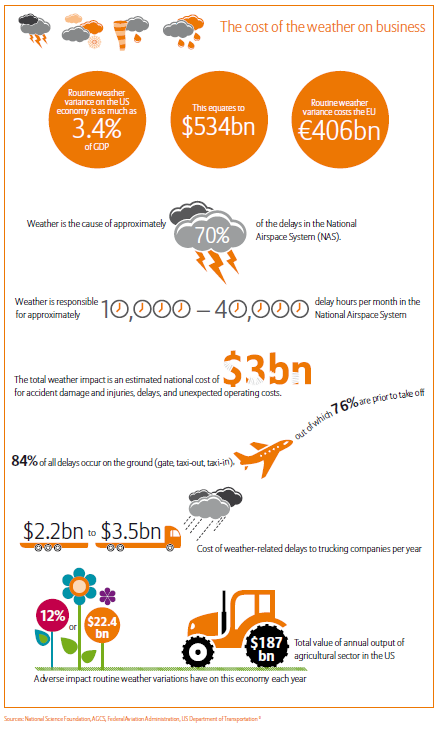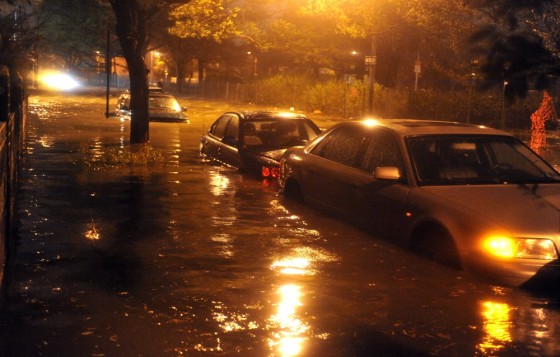
The most recent mall shooting, just a few days ago at the Garden State Plaza in N.J., again heightened the focus on risk management and security nationwide.
Parents have trusted that malls would be safe for teenagers to meet with friends, but places for public gathering can become targets for violence. The pressure is on for organizations to examine their security measures and contingency plans.
David Boehm, with Security USA said in an interview with CBS New York that the U.S. can learn from security experts in Israel. Similar to Israel, he said, our country heading in the direction of having officers stationed at entrances and exits to malls.
In an article written for Security Management, Donald W. Story, a former police chief and director of corporate security for two major shopping center developers observed that if even one shopping center is targeted in the U.S., all malls will be seen as unsafe. The public will need to be reassured, and “for that reason, it is imperative that every mall manager begin to think about how security should respond to an attack.”
The Israeli model offers lessons for U.S. malls in contingency planning, he said, adding that shopping malls, considered “soft targets” in Israel, are monitored externally by motorized and foot patrols. Vehicles entering mall property are subject to search, as are people entering malls. To do this, officers use explosion detection technology, including bomb sniffing dogs, he said, adding that unlike many mall security guards in the U.
S., all Israeli security are armed.
Going by the Israeli model, contingency plans should be incorporated and implemented only if a heightened security posture is needed, he said.
Good contingency plans should examine coverage of the shopping mall, access, reassignment of staff’s tasks and deliveries and contractors in case of an emergency, Story said. Preventative measures should also be in place.
Because obtaining additional security officers and relying on local police for assistance might be difficult, an option would be for security officers and other staff to work longer shifts under predetermined circumstances, Story said.
The plan should address shopping center access, under what circumstances the mall would heighten control over entry, and how this would be done. Since many malls would not have adequate staffing to monitor all entrances, for example, the plan might call for closing some entrances under an elevated threat level.
Similarly, the safety plan should determine under what conditions the use of explosive-scanning technology and/or bomb-sniffing dogs would be warranted—and how this equipment would be obtained in an emergency.
Because officers would be taken from their normal duties during an emergency, minor security tasks could instead be completed by management, operations or housekeeping staffs.
Deliveries should be restricted to specific time periods when the appropriate employees are available to verify documentation, he said. Contractors, their supplies and materials should also be checked.
Officers would need to be trained to recognize certain behaviors and intercept potential terrorists. Story said they would also need instruction on proper procedures for making these assessments without being accused of profiling.
He added that some mall properties have already taken moderate and inexpensive steps to tighten mall security. Those include fire lane parking enforcement, visible waste containers, limited and guarded access to roof hatches and closer monitoring of deliveries and contractors. The Garden State Plaza, which has been praised for its preparedness, instituted security training on Sundays when the mall is closed. Shop owners also followed protocol, locking customers inside stores for safety.




